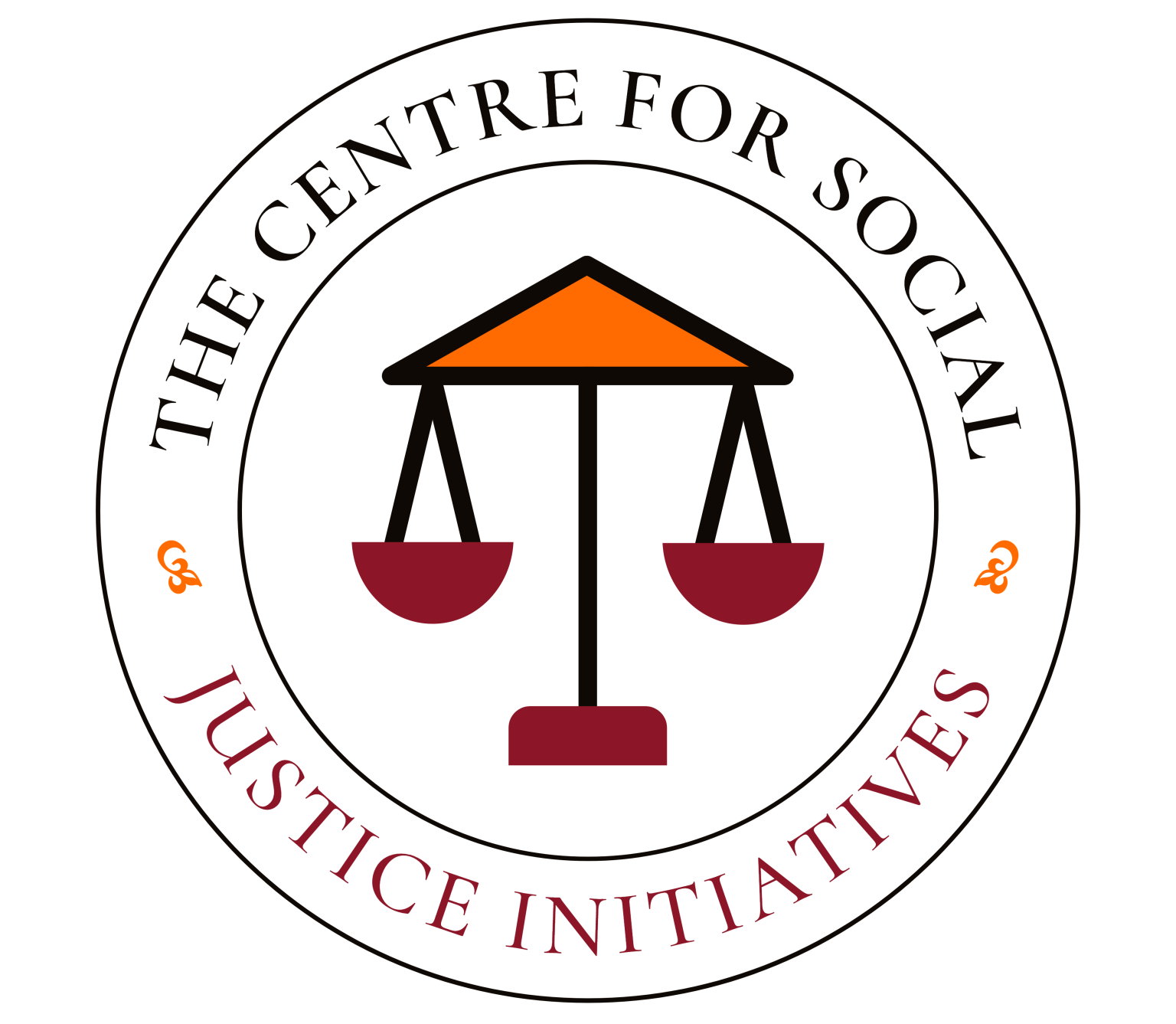Gender-Based Abuse
We support those affected by gender-based abuse through education, advocacy, counselling, and treatment programs and by establishing peer support groups
Because Gender-Based Abuse Stems From Unequal Power Relations Between Women, Girls, Boys And Men, Our Programs Mainly Aim At Transforming Gender Relations By Encouraging Men, Boys, Girls And Women To Enjoy Power With Each Other Rather Than Power Over Each Other.
Our programs and work directly address GBV
and focus on changing not just the social conditions in which women and girls live, but their social positions. In other words we use the Intersectionality lens and the Anti-Oppressive Approach in all our work through the following programs:
- Advocating with law makers and/ or community leaders to promote gender equality, and to challenge GBV including practices like child, early or forced marriages.
- Establishing and facilitating safe spaces and clubs.
- For adolescent girls and boys where they are taken through a self reflection journey of change and can openly discuss sensitive topics like self esteem, sexuality, and relationships to instill gender equitable attributes and behaviours.
- For women identifying as survivors discuss gender equality and tackle gender norms and widely held negative stereotypes that contribute to GBV
- For men to reflect on gender inequality, negative masculinity to champion gender equality and tackle GBV. In order to change and tackle unequal power relations, we target and systematically engage men and boys.
TCSJI’S TRANSITION SUPPORT SERVICES TO SURVIVORS INCLUDE:
- Assist in the development of safety plans for women and their children
- Individual counselling and support to address issues of violence and abuse against women and girls
- Housing support planning
- Developing short- and long-term goals
- Assisting women in meeting their goals and carrying out transitional plans
- Provide emotional support
- Providing services or referrals to any services pertaining to women seeking a violence free life
- Provide advice in the areas of finding and maintaining housing, including budget management and life skills
- Provide advocacy with third parties where necessary, including interactions with police, family and children’s services, Ontario works, Ontario Disability Support Program, Court appearances etc.
- Referrals for children and youth who have witnessed and experienced violence
- Liaison and advocacy with police services, victims witness, victim services and legal aid
- Arrange for cultural interpreters

What is gender-based violence? (GBV)
Forms of Gender -Based Violence
Sexual Violence: Acts of sexual violence can be committed by anyone in any setting, regardless of their relationship to the survivor. These can include:
- Forced sexual touching or acts, including to someone else
- Attempting or threatening to obtain sex without consent
- Using pressure or threats to get someone to engage in sexual activity
- Unwanted sexual comments or advances
- Sharing private images without consent
- Removing condoms without consent
Financial violence: When a person uses money or property to control or exploit someone else, such as:
- Stealing PINs to bank accounts
- Pressuring and blackmailing someone to give money or buy gifts
- Preventing someone from going to school by not allowing them to pay tuition of work
- Control someone’s purchases
Physical violence: Any use or threats to use physical force against a romantic partner or family member, some examples include:
- Shoving, hitting, kicking, or punching
- Restraining someone or locking them in
- Strangulations
- Throwing breaking, or hitting objects
Emotional violence: Words or actions to control or scare someone or to lower their self-respect and self-esteem, including:
- Threats, insults, humiliation and intimidation
- Controlling, constantly checking in or stalking
- Deadnaming, “outing” someone or denying someone’s gender identity
- Isolating someone from friends or family
